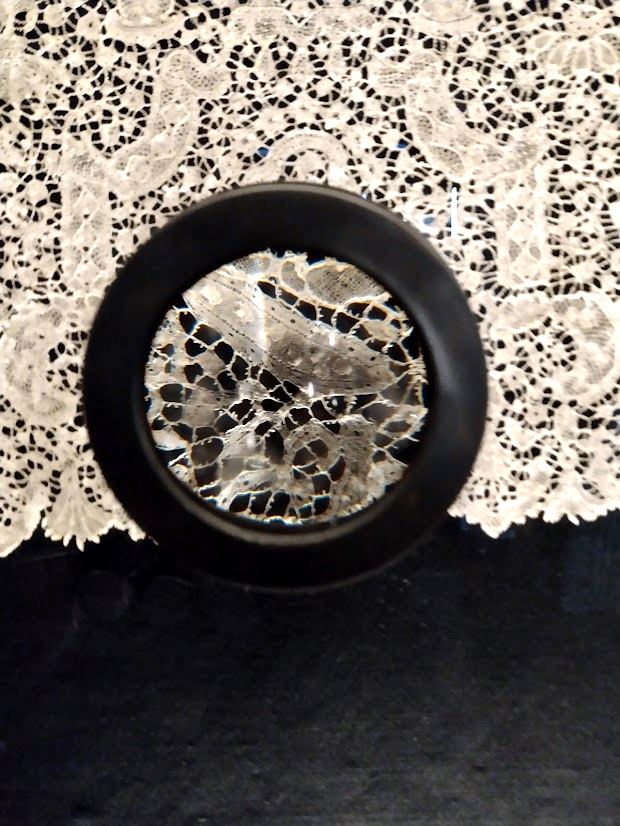Kidorama
200 years of children’s fashion at Brussels Silk and Lace Museum

Fashion is not just a contemporary development. For centuries people have expressed
themselves through clothes. Clothes have symbolized their social status, hinted at their
trade, wealth etc. And the same goes for children. Parents express their tase and
preferences, the status of their family, while choosing clothes for their children.
We at Belgianfashion are not only interested in contemporary fashion and current events.
We take every opportunity to learn about different aspects of fashion both nowadays, in the
past and in the future.
Kidorama, an exhibition, which covers 200 years of children fashion was opened at the
Museum of Silk and Lace in Brussels in July 2022. It stays open until March 2023, so there is
plenty of time to visit. The pieces exhibited cover children’s fashion from ages 0 to 12, so
just up to adolescence. They come from the Museum of Silk and Lace own rich collection,
but have also been borrowed from other institutions. They provide an interesting journey
through the development of children’s fashion between 1820 and 2020. There are games
and simple texts provided all through the exhibition area to make it more interesting for
young visitors.
In the 19th century, all children up to 5 years of age wore dresses, regardless of their
gender. On old photos, all children wear dresses and have long hair, so it is difficult to
decide whether they are boys or girls. Dresses are often white and elaborately decorated.
Lace and embroidery were made by mothers who took great pride in their handicraft.
As of the 1920s, the tradition of boys wearing a dress gradually disappeared, however,
before WWII they still wore dresses until they started to walk. Nowadays boys usually wear
a dress only on very rare occasions, usually related to religious ceremonies. On the other
end of the spectrum, more avant-garde fashion designers and non-binary activists in the
attempt to break codes promote dresses and other traditionally feminine clothes for men
(Thom Browne, skirts for men and little boys).
From the 19 th century until 1930s white was the main colour of children’s clothes for several
reasons. Until 1950s, when the washing machine became a regular household appliance,
white was practical as it was possible to boil white fabrics without the risk of losing colour.
So, it was preferable for children’s clothes as well as for aprons. In addition, shining white
was a sign of richness – only a well-off family took good care of its clothes. On top of
everything else, white was the colour of innocence and purity, no wonder children were
dressed in white.
An interesting fact: in the 19 th century, no distinction was made between the colours for
boys and girls, as became so fashionable later. However, if at all, then blue was preferred for
little girls, as a symbol of Virgin Mary and pink, as a lighter shade of red, which symbolises
force, was for boys. Only after the First World War the choice of colours changed, and more
attention was paid to using some colours for boys and others for girls.
In the 60s and 70s with the movement of gender equality the borders faded again and
nowadays we all wear whatever we want. In the case of small children, it is still the parent
who makes the choice and very sometimes there is a tendency that parent wants to make a
“mini-me” out of a child by the choice of clothes etc.
I could go on talking about the exhibition for hours, describing all the various costumes and
gowns on display, but it would be better to see it all with your own eyes.
We at BelgianFashion strongly recommend going and having a look at this fascinating
chapter in the history and development of fashion.

